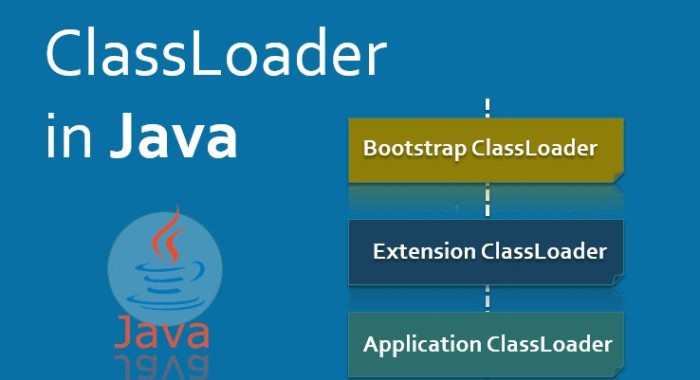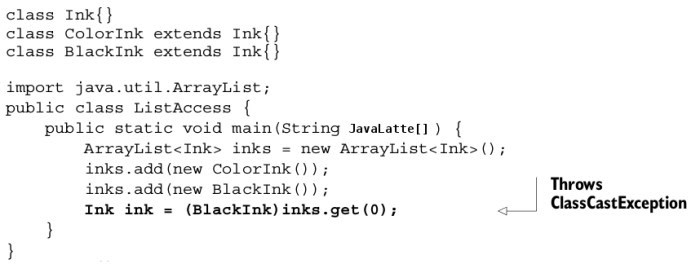Java class loaders are an integral part of the Java runtime environment. They are responsible for loading class files into the Java Virtual Machine (JVM) and making them available for the Java application.
ClassLoader is used to load classes from different sources. There are three types of Java Class Loaders: the bootstrap class loader, the extension class loader, and the system class loader.
In this article, we’ll explore the basics of Java class loaders, their work, and some common pitfalls to avoid when working with them. Let’s learn about Java Class Loaders in detail.
See Also: How To Use Webpack And HTML Webpack Plugin | Simple Guide
Table of Contents
What are Java Class Loaders?
Java class loaders are Java objects that primarily focus on loading class files from the entire file system, a network, or another source to make them available to JVM. The JVM uses these class files to execute the Java application.

In Java, there are three primary class loader types:
- The bootstrap class loader
- The extension class loader
- The system class loader.
The essential Java libraries that make up the JVM, such as Java. Lang and Java. The bootstrap class loader loads util packages.
The extension class loader loads libraries installed in the Java extension directory (typically, $JAVA_HOME/lib/ext). The classpath, a list of folders and JAR files containing class files, specifies the class files the system class loader will load.
How do Java Class Loaders Work?
Java class loaders use a delegation model to load class files. This means that a class loader will first pass on a request to load a class to its parent class loader.
The parent class loader will attempt to load the class itself if it cannot locate it.
This continues up the hierarchy of class loaders until the bootstrap class loader reaches, which is at the top of the hierarchy. A ClassNotFoundException raises if the bootstrap class loader cannot locate the class.

Here’s an example of how the delegation model works:
- It asks to load a class.
- The system class loader transfers the request to the extension class loader, which is its parent.
- The extension class loader delegates the request to its parent, the bootstrap class loader.
- The basic Java libraries search for the class by the bootstrap class loader.
- An exception called ClassNotFound raises if the class cannot be found.
It’s crucial to remember that every Java class has a class loader in charge of loading it. The defining class loader is what causes this. Another class loader cannot utilize a class after loading because it ties to a single class loader.
See Also: How To Automatically Export Figma To HTML Code And CSS
Common Pitfalls to Avoid when Working with Java Class Loaders
Working with Java class loaders can be tricky, and there are a few common pitfalls to avoid:
ClassCastException:
This exception is thrown when you try to cast an object to a class that is not compatible with it. This can happen when you try to use a class loaded by a different class loader. To avoid this, use compatible classes or the same class loader to load both classes.

ClassCircularityError:
This error is thrown when a class tries to load itself or another class that depends on it. To avoid this, ensure your classes do not have circular dependencies.

LinkageError:
This error is thrown when a problem links a class or interface. This can happen when using a class change since it compiles. To avoid this, ensure you are using the correct class version.
FAQS
Which is a class loader?
The Class Loader in Java is a package under JRE. JRE stands for Java runtime environment. This generally dynamically loads classes into the Java Virtual Machine on demand. The class files loaded are only those necessary for current program execution. An example of the class loader is java.lang package class. This package contains methods to perform various mathematical operations.
How does JVM load classes?
JVM uses Classloader objects in order to load classes. Every class contains a reference to its class loader, which JVM uses to identify them.JVM loads the class using a name that is fully qualified. In case the loading process does not work, it requests the parent class holder. This process repeats till the class ultimately loads.
What is the utility of the class loader module?
The Classloader modules help to dynamically load Java classes into the JVM. JVM means the Java Virtual machine. This process is usually done during the runtime. Class loader modules are a part of the JRE as well. Because of class loaders, JVM generally does not need knowledge of any files or underlying file systems to run the programs in Java.
How does Java store its classes?
Java stores all its classes, objects, and methods in Heap. The Java Heap is the memory area that Java generally uses to save data JVM uses. Java stores classes loaded under ClassLoader in specific locations for permanent generation. This helps JVM to find the classes when needed while executing quickly. You can allocate an object to Heap using new().
How many class loaders are there in Java?
Java generally provides three types of Classloaders built into its features. The three class loaders are the application, extension, and bootstrap class loaders. The application class loader works for classes from the current classpath, generally set using -cp command. Alternatively, Classes from Java extensions directory are loaded by Extensions class loader while Bootstrap Class Loader loads internal classes.
Conclusion
In conclusion, Java class loaders play a crucial role in the Java runtime environment, responsible for loading class files and making them available to the JVM. You can write more efficient and reliable Java applications by understanding how class loaders work, including the delegation model and the different types of class loaders.
It’s also essential to avoid common pitfalls when working with class loaders, such as ClassCastException, ClassCircularityError, and LinkageError.
Mastering the art of Java class loaders requires a solid understanding of these concepts and a willingness to learn and adapt.
By staying up-to-date with the latest best practices and techniques. You can ensure that your Java applications can take full advantage of the power and flexibility of class loaders.
Whether you’re a seasoned Java developer or just starting, there is always time to learn more about class loaders and how they can help you to create better, more efficient code.
See Also: Best Tools For Beautifying Or Unminifying HTML, CSS, JS, XML, And JSON

